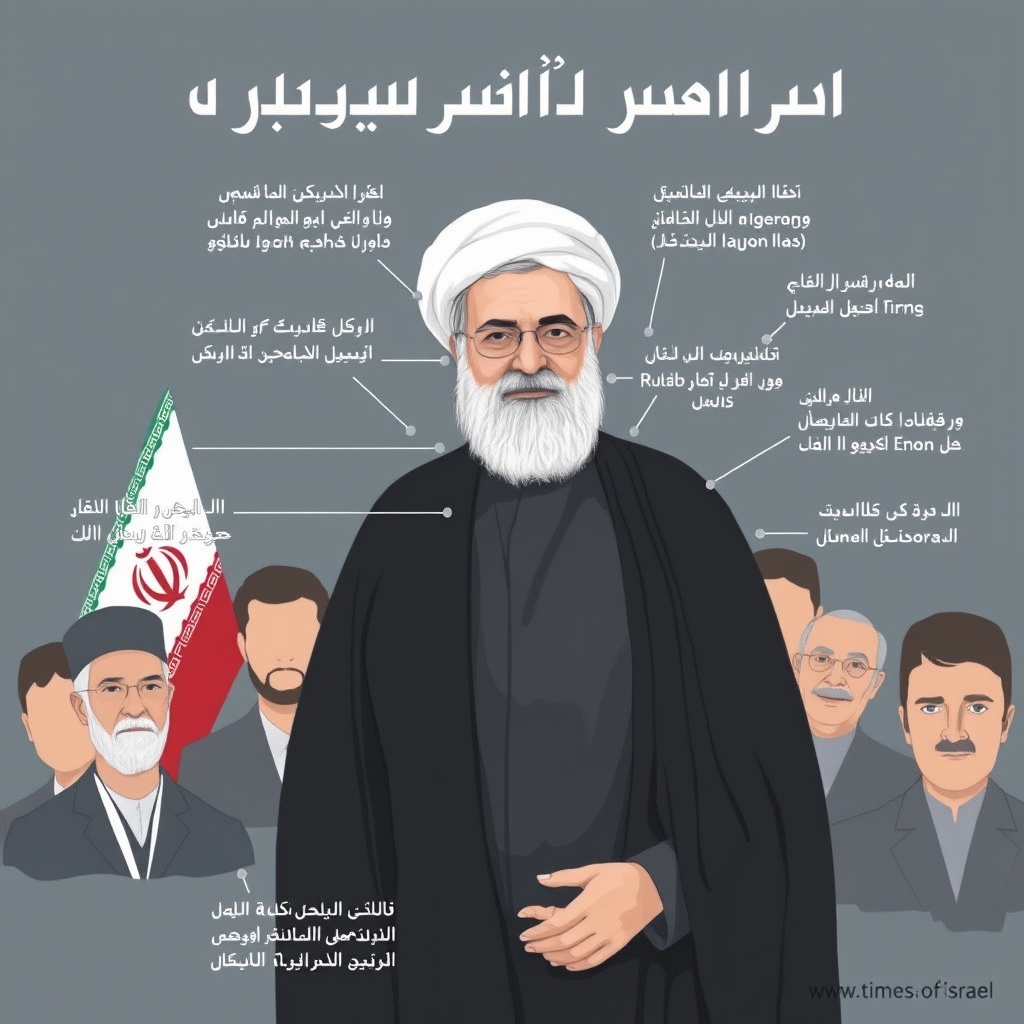Introduction
The Middle East has long been a region of complex geopolitics, with various nations and factions vying for power and influence. One of the most significant and enduring conflicts in the region is the tension between Iran and Israel. Recently, this tension escalated into a 12-day war, marking a significant escalation in hostilities between the two nations. In the midst of this conflict, Iran's Supreme Leader, Ayatollah Ali Khamenei, made his first public appearance since the start of the war. This article will delve into the implications of Ayatollah Khamenei's public appearance, the background of the conflict between Iran and Israel, and the potential future directions of this volatile situation.
Background of the Conflict
The conflict between Iran and Israel is rooted in a complex web of historical, religious, and political factors. Iran, a predominantly Shia Muslim country, has long been at odds with Israel, a Jewish state, over issues such as territorial disputes, nuclear proliferation, and ideological differences. The situation has been further complicated by the involvement of other regional and global powers, including the United States, which has historically been a strong ally of Israel, and Russia, which has maintained good relations with Iran.
One of the key factors in the recent escalation of tensions is the issue of Iranian nuclear development. Iran has consistently maintained that its nuclear program is for peaceful purposes, such as energy production and medical research. However, Israel and many Western countries have expressed concerns that Iran's true intention is to develop nuclear weapons, which would significantly alter the balance of power in the region and pose a direct threat to Israel's security.
The Role of Ayatollah Khamenei
Ayatollah Ali Khamenei, as the Supreme Leader of Iran, holds a position of immense power and influence within the country. He has been a key figure in shaping Iran's foreign policy, including its stance towards Israel. Khamenei has historically been vocal in his opposition to Israel, often referring to it as a "cancer" that must be removed from the region. His public appearance since the start of the war with Israel is, therefore, a significant event that can provide insights into Iran's strategy and intentions.
By making a public appearance, Ayatollah Khamenei is likely aiming to boost morale among Iranians and to demonstrate that the country remains united and resilient in the face of conflict. This move can also be seen as an attempt to reassure the Iranian people that the leadership is in control and that the situation is being managed effectively. Furthermore, Khamenei's appearance may be intended to send a message to the international community, particularly to Israel and its allies, that Iran is committed to its cause and will not back down in the face of aggression.
Implications and Future Directions
The implications of Ayatollah Khamenei's public appearance and the ongoing conflict between Iran and Israel are far-reaching and multifaceted. One of the most immediate concerns is the potential for further escalation, which could draw in other regional and global powers, leading to a wider and more devastating conflict. The involvement of countries like the United States, Russia, and European nations could significantly alter the dynamics of the conflict, with each side having its own interests and agendas.
Furthermore, the conflict has significant implications for regional stability and security. The Middle East is already a volatile region, with multiple conflicts and tensions simmering just below the surface. An escalated conflict between Iran and Israel could have a destabilizing effect on the entire region, potentially leading to the displacement of people, economic disruption, and humanitarian crises.
In terms of future directions, there are several possible scenarios. One scenario is that the conflict could continue to escalate, leading to a full-scale war between Iran and Israel. This would have catastrophic consequences for both countries and the wider region. Another scenario is that diplomatic efforts could lead to a ceasefire or a negotiated settlement, which would require significant concessions from both sides. A third scenario is that the conflict could become a protracted, low-intensity war, with both sides engaging in sporadic attacks and counter-attacks, but without a clear victor or resolution.
International Response and Diplomacy
The international community has a crucial role to play in resolving the conflict between Iran and Israel. Diplomatic efforts, led by neutral or third-party countries, could provide a platform for negotiations and a path towards peace. The United Nations, the European Union, and other international organizations have already called for calm and restraint from both sides, emphasizing the need for a peaceful resolution.
However, the challenge lies in finding a solution that addresses the deep-seated concerns and grievances of both parties. Israel is unlikely to accept a situation where Iran possesses nuclear weapons or continues to support militant groups in the region. Conversely, Iran is unlikely to back down from its nuclear program or its support for regional allies without significant guarantees and concessions from Israel and the international community.
Conclusion
The public appearance of Ayatollah Ali Khamenei since the start of the war with Israel marks a significant moment in the ongoing conflict between the two nations. The implications of this event, coupled with the complex historical, religious, and political factors at play, suggest that the situation is highly volatile and potentially explosive. As the international community watches with bated breath, the need for diplomatic efforts and a peaceful resolution becomes increasingly urgent. The future of the region, and potentially the world, depends on finding a way to navigate these treacherous waters and to prevent a conflict that could have far-reaching and devastating consequences. Ultimately, the path forward will require courage, wisdom, and a commitment to peace from all parties involved.


Leave a comment